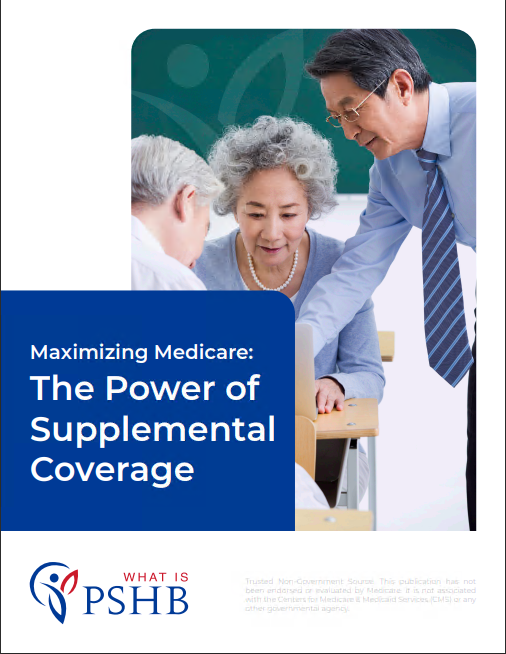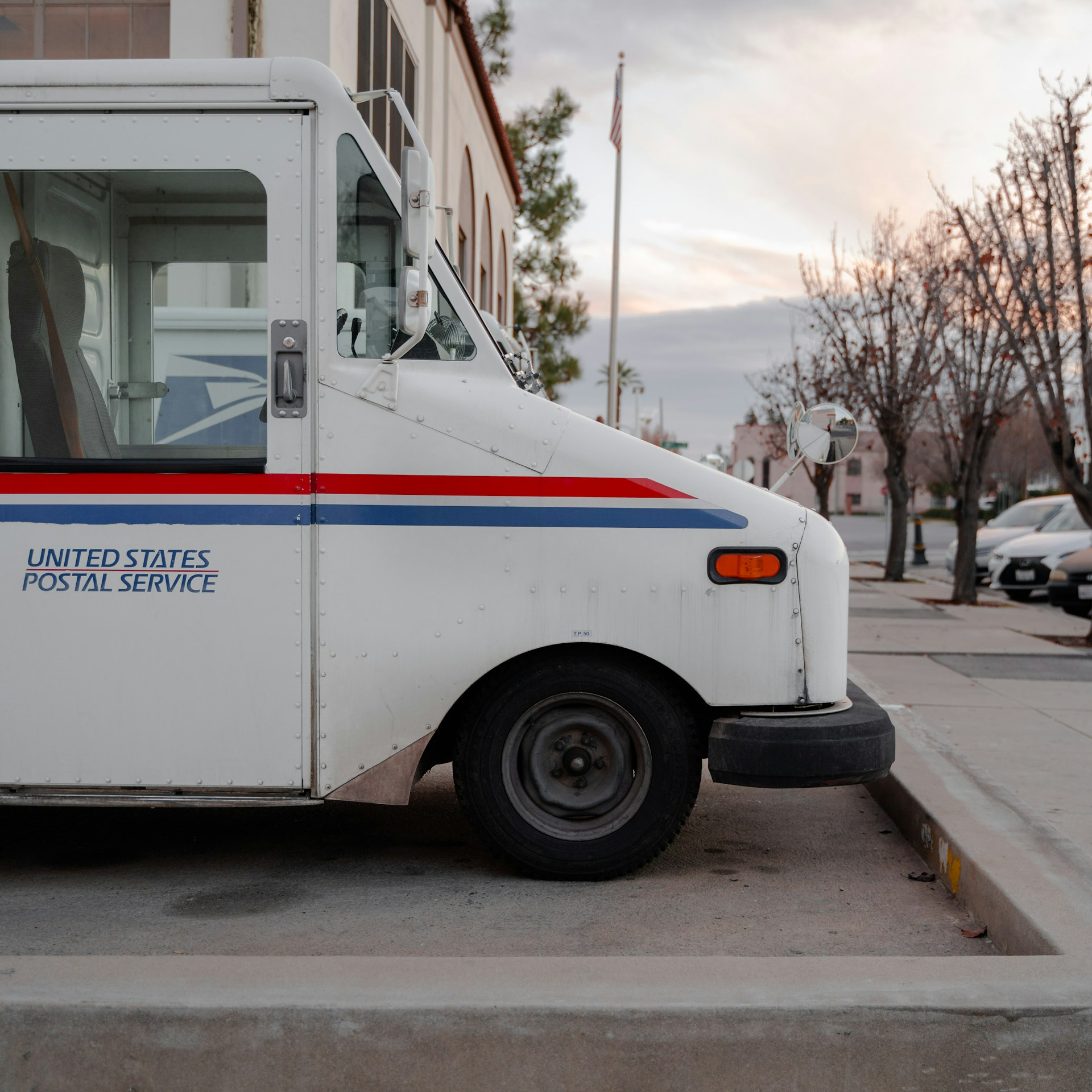Key Takeaways:
-
The 2025 Postal Service Health Benefits (PSHB) enrollment period introduces new requirements and benefits, making it essential for USPS retirees to understand their options.
-
Navigating Medicare integration, plan changes, and coverage details can save you time and reduce healthcare costs.
The Transition from FEHB to PSHB: What It Means for You
As of January 1, 2025, the Federal Employees Health Benefits (FEHB) program is no longer available for USPS retirees. Instead, the Postal Service Health Benefits (PSHB) program has taken its place. This shift marks a significant change in how you manage your healthcare. If you’re a USPS retiree, understanding this transition is critical to ensuring uninterrupted and comprehensive coverage.
This change comes with a mix of challenges and opportunities. While the PSHB program is designed to cater specifically to postal retirees, it also means that you must actively review your options to ensure that your coverage aligns with your needs. Whether it’s premiums, provider networks, or pharmacy benefits, the adjustments under PSHB are significant and require close attention.
The 2025 Open Season for PSHB ran from November 11 to December 13, 2024. During this time, you could enroll in a new plan or adjust your existing coverage. If you missed the window, you’ll need a Qualifying Life Event (QLE) to make changes. Planning ahead for upcoming Open Seasons ensures you stay on top of your healthcare needs.
Medicare Part B Enrollment Requirements
Are You Required to Enroll in Medicare Part B?
A major component of PSHB is its integration with Medicare Part B. If you’re eligible for Medicare, PSHB requires you to enroll in Part B unless you meet specific exemptions. Retirees who were already 64 or older on January 1, 2025, or retired on or before that date, are not obligated to enroll. However, most others must comply to maintain PSHB coverage.
This requirement ensures that your PSHB plan works seamlessly with Medicare to provide comprehensive benefits. For many, this integration improves access to care and reduces gaps in coverage, but it also involves additional costs that need careful consideration.
Balancing Costs and Coverage
While Medicare Part B comes with an additional monthly premium, coordinating it with your PSHB plan can reduce out-of-pocket costs. Many PSHB plans offer enhanced benefits, such as waived deductibles or partial reimbursements for Part B premiums, which can offset these expenses. It’s worth evaluating how these features align with your healthcare needs and budget.
Understanding how Medicare Part B fits into your overall health strategy is essential. For example, Medicare often covers services like doctor visits and outpatient care, which complement the benefits provided under PSHB. Taking advantage of these coordinated benefits can significantly reduce your long-term healthcare expenses.
Pharmacy Benefits and the EGWP
What Is the EGWP?
If you’re Medicare-eligible, your prescription drug coverage now falls under a Medicare Part D Employer Group Waiver Plan (EGWP). This change is automatic, so you don’t need to take additional steps to enroll. The EGWP aims to streamline prescription costs and simplify access to medications.
How It Affects Your Costs
With the EGWP in place, you benefit from lower prescription drug prices and capped out-of-pocket expenses. For 2025, the Medicare Part D out-of-pocket maximum is set at $2,000, providing financial relief for high drug costs. Additionally, PSHB plans often feature copay discounts for specific medications, making treatments more affordable.
Prescription drug coverage is a critical part of managing your healthcare. Under the EGWP, you may also gain access to preferred pharmacy networks and mail-order options, which can further reduce costs. Staying informed about your plan’s formulary and coverage levels helps you avoid unexpected expenses and ensures that your medications remain affordable.
Reviewing Plan Options: Avoiding Surprises
The Importance of Comparing Plans
The PSHB program offers a range of plans tailored to postal retirees, but not all options are created equal. Reviewing the Annual Notice of Change (ANOC) from your current plan is essential to identify any shifts in premiums, deductibles, or benefits. Even small changes can significantly impact your overall costs and coverage.
Key Factors to Consider
When evaluating plans, pay close attention to the following:
-
Premiums and Deductibles: Ensure the monthly premium fits your budget and that the deductible aligns with your expected healthcare needs.
-
Provider Networks: Verify that your preferred doctors and specialists are included in the plan’s network.
-
Prescription Drug Coverage: Check if your medications are covered and at what cost under the plan’s formulary.
-
Out-of-Pocket Maximums: These caps protect you from excessive expenses and vary between plans.
Taking the time to compare plans can uncover hidden savings or benefits that better match your lifestyle. For instance, some plans may offer wellness incentives or additional services that could enhance your overall healthcare experience.
Navigating Life Events and Special Enrollment Periods
Qualifying Life Events (QLEs)
If you missed the 2024 Open Season, you can still make changes to your PSHB coverage under specific circumstances known as QLEs. These include events like marriage, divorce, or gaining a new dependent. Be sure to report the QLE promptly, as you’ll have a limited window to adjust your coverage.
Life events can also affect your Medicare enrollment. For instance, losing employer coverage might trigger a Special Enrollment Period (SEP), allowing you to sign up for Medicare Part B without penalties. Staying informed about these rules ensures you don’t miss critical deadlines.
Medicare Special Enrollment Periods (SEPs)
For those who delayed enrolling in Medicare Part B due to existing employer coverage, a Special Enrollment Period (SEP) allows you to sign up without incurring late penalties. This SEP generally lasts eight months from the end of your employer-based coverage.
Understanding these enrollment periods is crucial. Missing a deadline can result in penalties or gaps in coverage, which could leave you exposed to high healthcare costs.
Financial Considerations for PSHB Retirees
Government Contributions
The federal government continues to contribute a significant portion toward your PSHB premiums, similar to the FEHB program. However, the exact contribution varies depending on the plan you choose. This subsidy helps make comprehensive coverage more affordable for retirees and their families.
Out-of-Pocket Expenses
Understanding your plan’s out-of-pocket structure is vital. Look at the costs for premiums, deductibles, copays, and coinsurance. Remember that coordinating with Medicare Part B often reduces these expenses, especially for major medical services.
Planning your healthcare budget involves not only reviewing costs but also anticipating changes. For example, as healthcare needs evolve with age, selecting a plan that offers predictable expenses can provide peace of mind.
Staying Informed: Why It Matters
The Role of the Annual Notice of Change (ANOC)
Each year, your health plan sends an ANOC to outline any changes in coverage, costs, or benefits. Reviewing this document is crucial to avoid unexpected expenses or gaps in coverage. For PSHB enrollees, these changes can include updates to Medicare integration or pharmacy benefits.
USPS-Specific Updates
Stay connected to USPS communications about PSHB updates. These announcements often include tips for navigating Open Season, understanding plan changes, and maximizing your benefits.
Remaining proactive about updates helps you stay ahead of any adjustments that might affect your coverage or costs. Regularly checking USPS bulletins or websites ensures you don’t miss essential information.
Preparing for Future Open Seasons
Mark Your Calendar
The next Open Season will run from mid-November to mid-December 2025. It’s never too early to start preparing by assessing your current coverage and identifying any gaps. Keep an eye out for plan brochures and comparison tools to make informed decisions.
Use Available Resources
Take advantage of online tools, plan comparison guides, and customer service representatives to clarify any uncertainties. PSHB offers a wealth of resources to help you navigate your options effectively.
Consider attending webinars or information sessions during Open Season to gain insights into available plans. These resources are invaluable for retirees looking to make informed healthcare decisions.
Making the Most of Your PSHB Plan
Maximize Preventive Care
PSHB plans often include comprehensive preventive care benefits, such as annual wellness visits, vaccinations, and screenings. Utilizing these services can help you maintain your health and catch potential issues early.
Coordinate with Medicare for Optimal Coverage
If you’re enrolled in Medicare, ensure that your PSHB plan complements your Part A and Part B benefits. Proper coordination can streamline claims and reduce out-of-pocket expenses.
Preventive care is an investment in your long-term health. Taking advantage of these services not only improves your quality of life but also reduces the likelihood of costly treatments down the road.
Wrapping It All Up: Securing Your Health in 2025
Understanding the ins and outs of the PSHB program is vital for USPS retirees. From Medicare integration to plan comparisons, staying informed empowers you to make decisions that align with your healthcare needs and financial goals. Don’t let the complexities overwhelm you; take proactive steps to ensure you’re well-prepared for 2025 and beyond.











